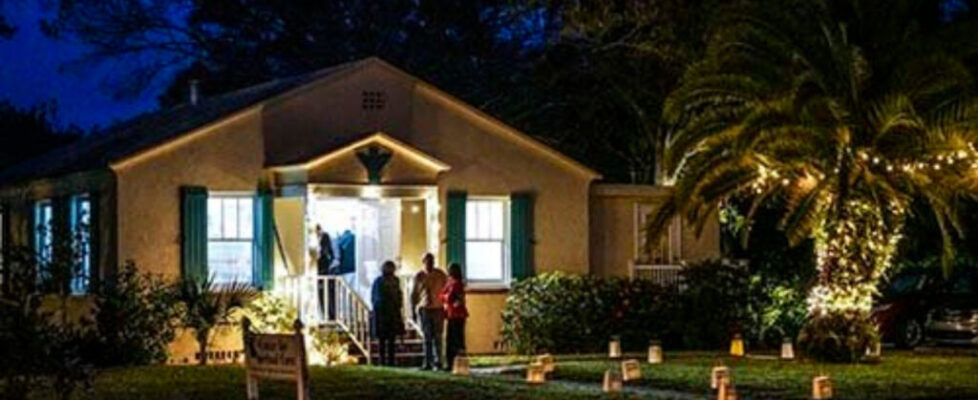Last month, I offered insight into the Rabbinic machlochet (debate) between our Sages Hillel and Shammai on the subject of Hanukah Lights. This month, I offer you their discussion of the timing of the New Year of the Trees.
Mishnah Rosh HaShanah Chapter 1: (1) The four new years are: On the first of Nisan, the new year for the kings and for the festivals; On the first of Elul, the new year for the tithing of animals; in the first of Tishrei. the new year for years, for the Sabbatical years and for the Jubilee years and for the planting and for the vegetables. On the first of Shevat, the new year for the trees, these are the words of the House of Shammai; The House of Hillel says, on the fifteenth thereof.
As I share this with you, I am not so interested in the debate over the 1st of Shevat and the 15th (or Tu b’Shevat). In fact, what I love about this passage, sharing it with you in January of 2021, is the acknowledgement of some of our Jewish New Years’ observance. Even two thousand years ago, our tradition could delineate four separate days in a year to mark a threshold or a count. Each one is distinct and meaningful as people move through their lives. Each one calls us to focus on different tasks, actions or milestones as we circle the sun, count from month to month.
In our day and age, we add to this January 1st, the new year of the Gregorian Calendar that we use in our secular life. If each of the Jewish New Years, outlined above, has a particular event or part of life in need of counting, what is January 1st the new year’s for? Is it just the secular or Gregorian Calendar? Is this a good day to acknowledge the passage of time as it relates to our motion around the sun?
Or can we add more kavanah (intention) to this kevah (structure)? Rosh HaShanah and its accompanying High Holy Days are a time of spiritual reflection and responsibility. As December 31st of one year gives way to January 1st of the new year, in addition to the celebration and the partying, we often write New Year’s resolutions. Is this our winter check in on the progress of our High Holy Day actions? On January 1st, can we write resolutions based on how we have shifted our behavior in light of the accounting of our soul and acts of apology and atonement a few months ago? Or, is the energy something slightly different? As we write these resolutions, we can approach them in another way. Rather than repeating the focus on self examination of our stuckness and brokenness that we faced on the High Holy Days, let us infuse these resolutions with something else. Let us take this time, a time for a new beginning or a reset in the midst of winter, to spell out our hopes and dreams for this next period of time. Instead of looking back, we need the opportunity to look forward, toward the spring, toward this new cycle of the sun to direct our imagination, our spirit and our action for the blessing and our best selves and world.
Rabbi Michael Birnholz
Let this New year be for believing in what could be and seeing with new eyes. In this serious world, let us take ourselves less seriously. In these harsh times, let us listen for a soothing word. While the world unfolds around us in an instant , let us judge each other a little more slowly.
Let this new year shine a light into a corner of ourselves where hope is renewed. Let us remember a reason to be joyful, a way to be gentle. Let this threshold of counting time be a time for opening up, learning and discovering. Let us find strength in our dreams and trust in our strength.
(Adapted by Rabbi Birnholz from Beth Adam, Cincinnati, OH)



Donate
Directions